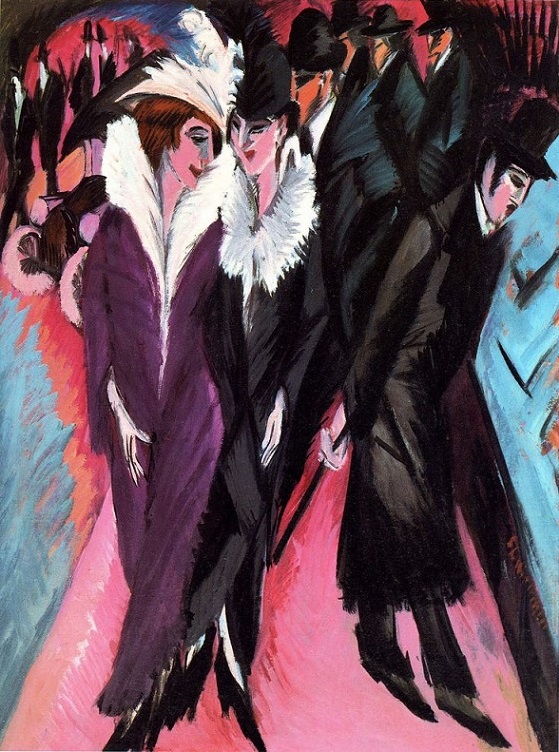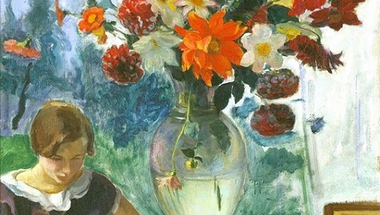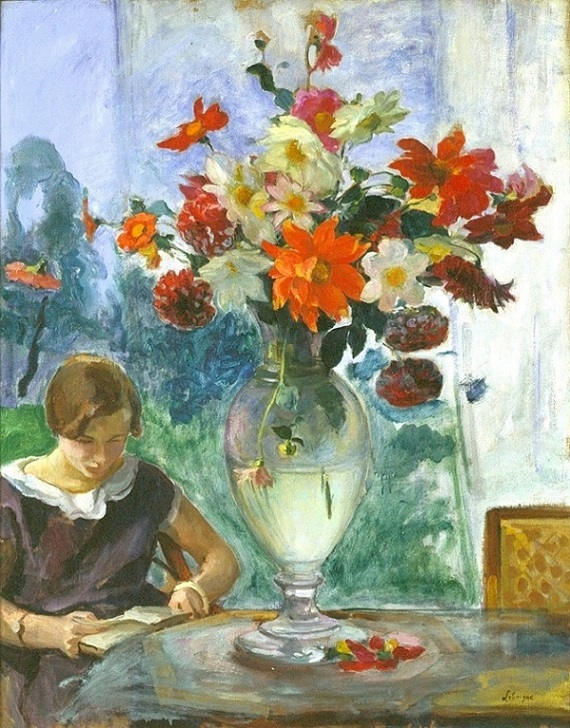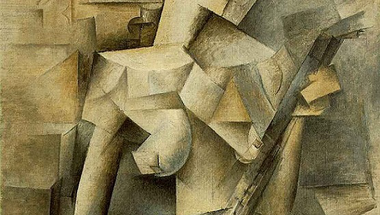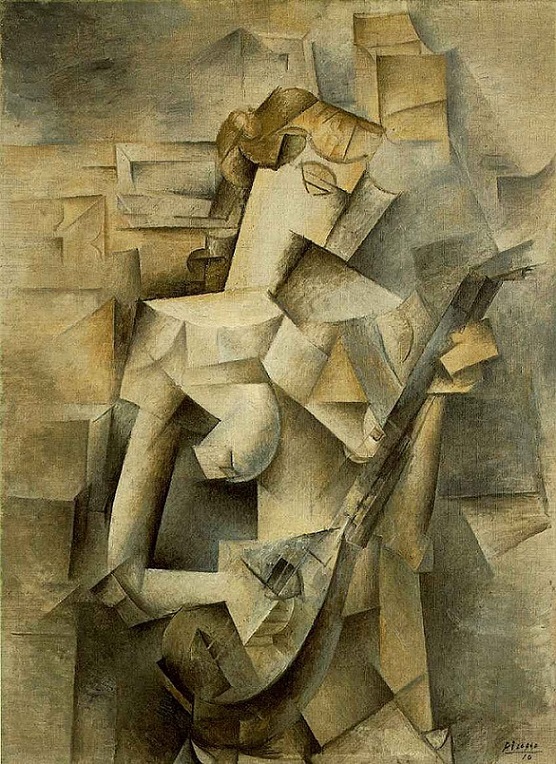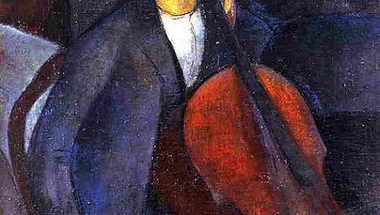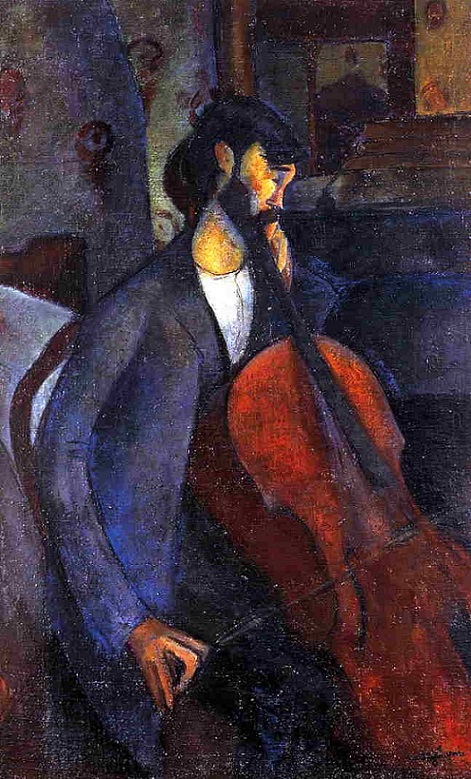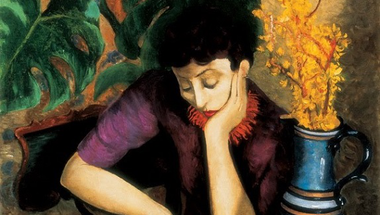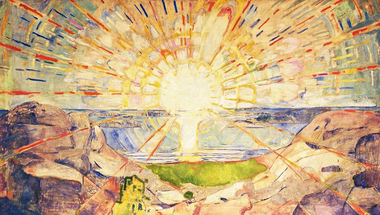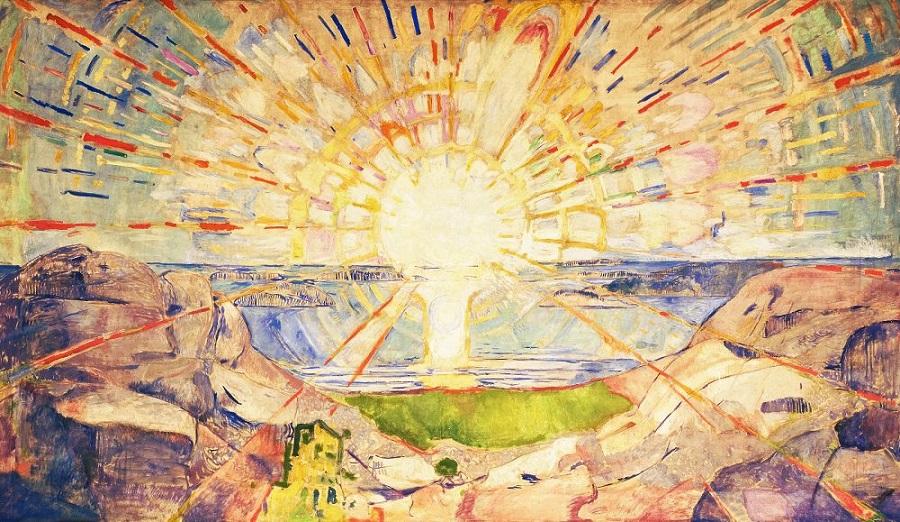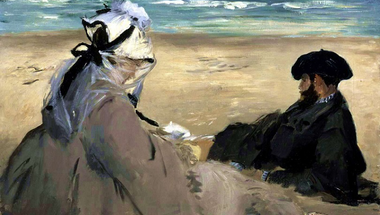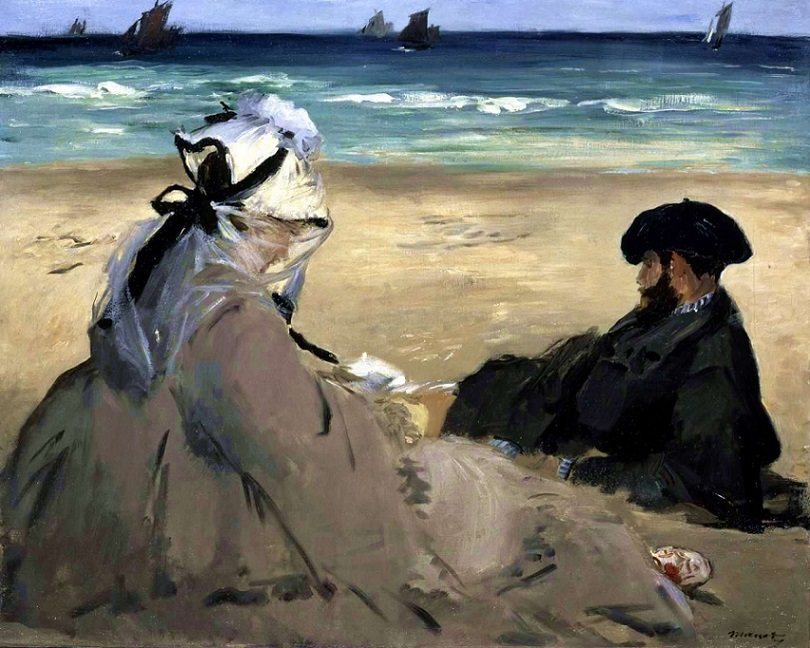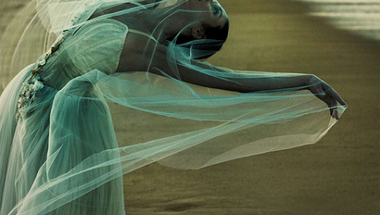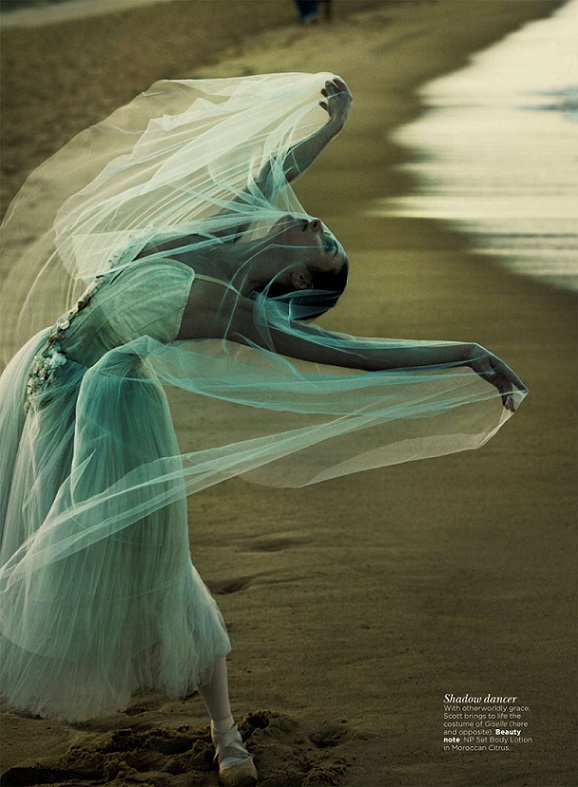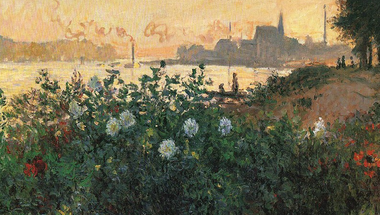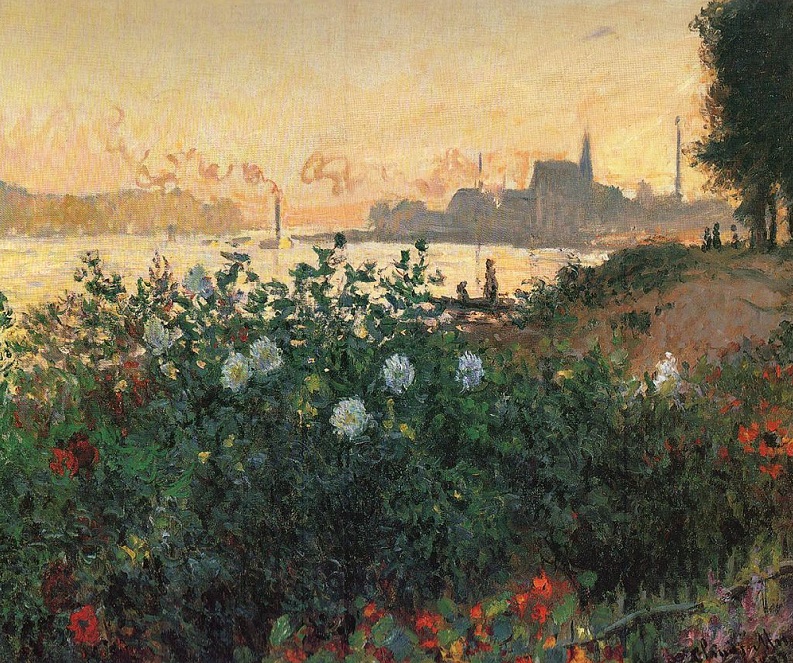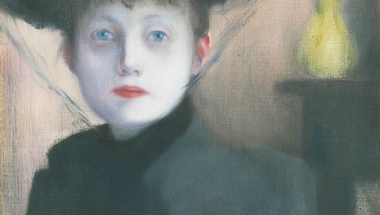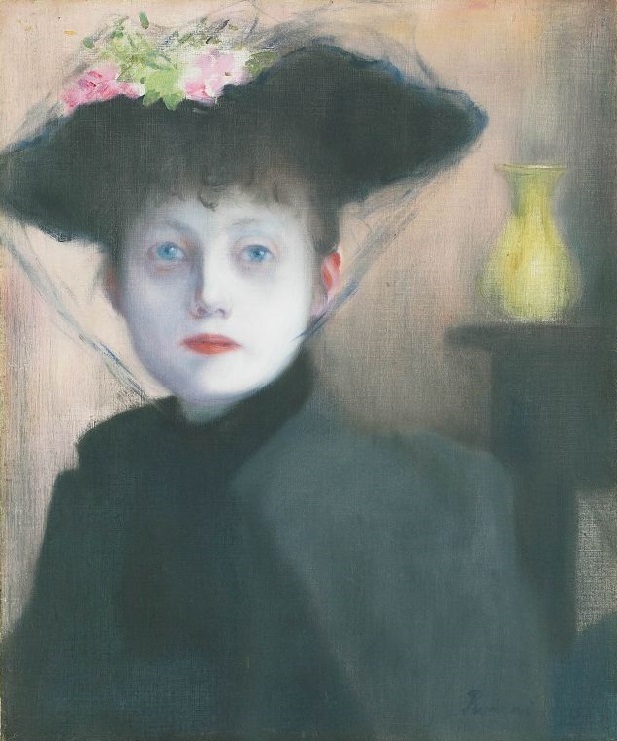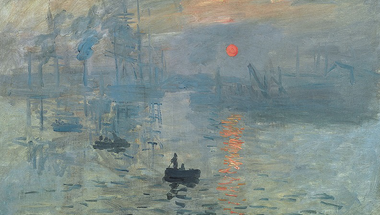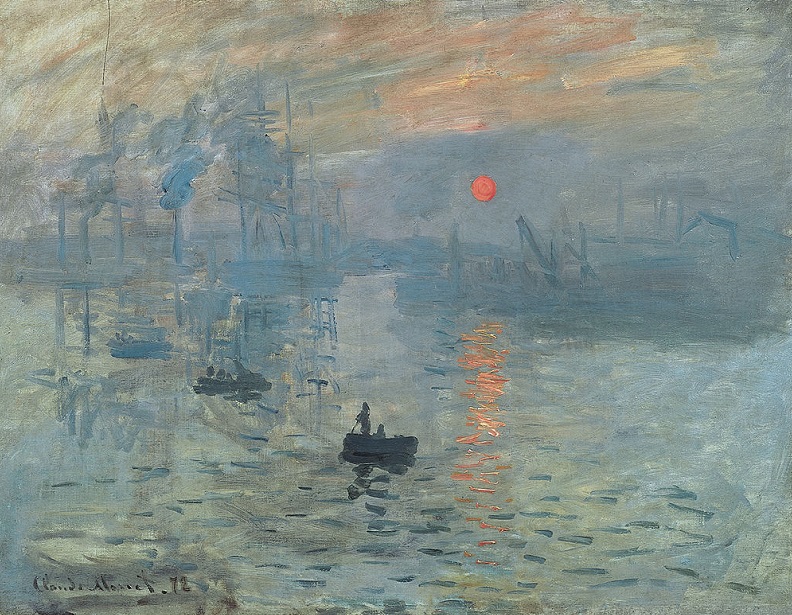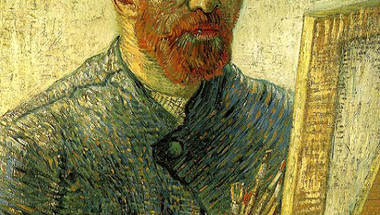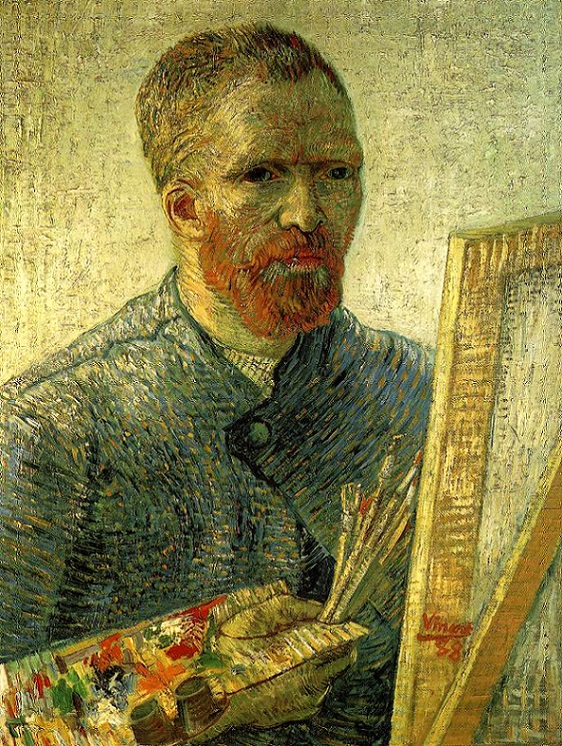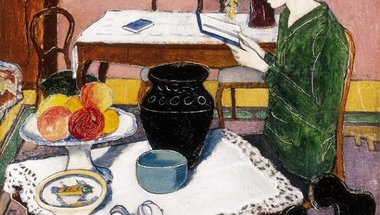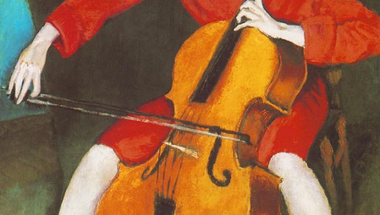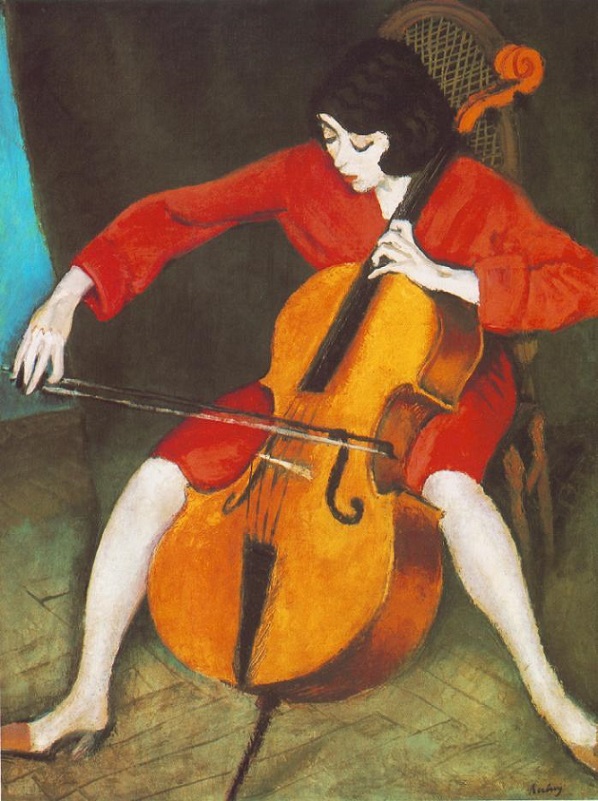Ernst Ludwig Kirchner (1880-1938): Street, Berlin, 1913 (Oil on canvas, The Museum of Modern Art, New York) - Kirchner is renowned for his many Berlin street scenes, and this particular work is perhaps his most well known from that category, if not his entire catalog. His jagged, angular brushstrokes, acidic colors, and elongated forms all charge the street atmosphere on the canvas and achieve something very rebellious for its time and exemplify the stylistic break with tradition that the members of Die Brücke sought. As a founding member of the group, Kirchner set out to establish a new order of painting, one that visibly renounced Impressionistic tendencies and the need to accurately portray figurative forms. In Street, Berlin, Kirchner created a stunningly askew rendition of an alienated, urban street procession. Without regard for realistic depiction of form, he bent and contorted his narrow figures like they were blades of grass in a meadow. Another uniquely modern feature of Street, Berlin was Kirchner's choice to position two prostitutes (identifiable by their signature plumed hats) as the painting's (somewhat off-center) focal point…
